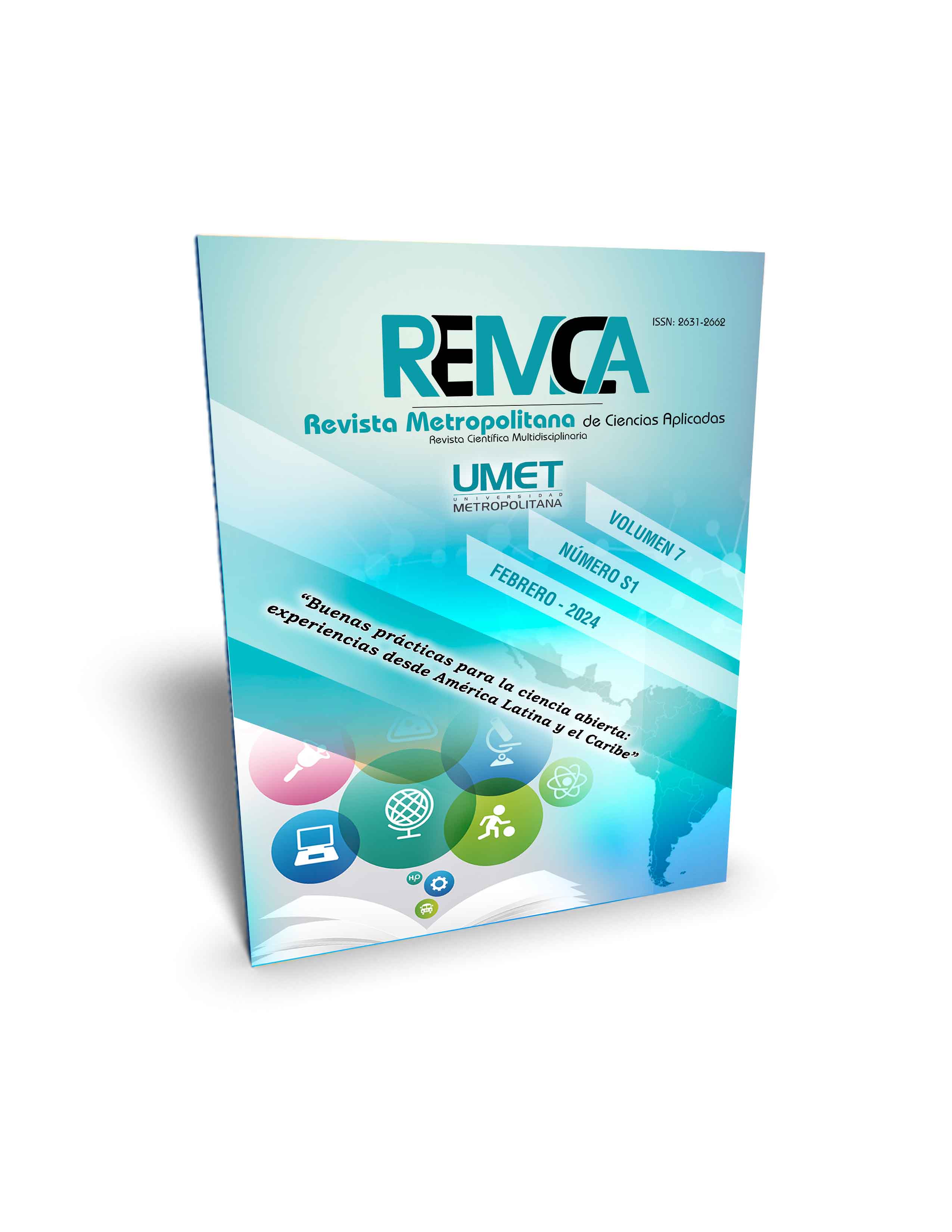Methodological guide for teaching quadratic equations based on collaborative work
DOI:
https://doi.org/10.62452/tb807c71Keywords:
Teaching mathematics, logical thinking, curricular units, pedagogical strategies, evaluation of educational proposalsAbstract
The discipline of mathematics plays a vital role in fostering logical thinking among students, establishing substantial connections with their daily experiences. Throughout the work experience at the Private Educational Unit of Quito, located in the province of Pichincha, and during the practice carried out at the IPU "Capitán Roberto Rodríguez Fernández" in Santa Clara, difficulties were identified in the consolidation of mathematical contents by part of first-year high school students, particularly in solving quadratic equations. The objective of the research was to propose mathematical exercises that facilitate the consolidation of these units. To address these difficulties, a collaborative learning approach was implemented that integrated various resources, such as programs, software and mathematical assistants, including Geogebra. These media played a significant role in the consolidation of specific concepts, propositions and procedures corresponding to the level and grade mentioned. The evaluation of the proposal was carried out based on the criteria of specialists, who considered it necessary, relevant, applicable and in accordance with the current demands of higher secondary education. With the implementation of this proposal, it is expected to demonstrate greater development of skills and the successful consolidation of content in the initial units of the first year of high school.
Downloads
References
Álvarez, Á., & Orellano, E. (1979). Desarrollo de las funciones básicas a través de estrategias adecuadas. Revista Latinoamericana de Psicología, 11(2), 249-259.
Cerón-Estrada, V. T. (2023). Estrategias didácticas que hacen frente a las problemáticas presentadas en la resolución de ecuaciones cuadráticas. Revista Mexicana De Investigación E Intervención Educativa, 2(3), 5–12.
Cruz, M. C., Criollo Turusina, M. A., & Raffo Velarde, D. (2017). Estrategias metodológicas para la Enseñanza Aprendizaje con Enfoque Aprender en Libertad. INNOVA Research Journal, 2(10), 54-69.
Gutiérrez, J. (2018). Estrategias metodológicas de eseñanza y aprendizaje con un enfóque lúdico. Universidad en Guadalajara.
Hernández, R. (2004). Las funciones didácticas en la enseñanza de la Matemática. http://www.bibliociencias.cu/gsdl/collect/libros/import/Funciones_Didacticas_Matematica.pdf
Piaget, J. (1990). La equilibración de las estructuras cognitivas. Siglo XXI.
Downloads
Published
Issue
Section
License
Copyright (c) 2024 Ivys Rivero-Juviel (Autor/a)

This work is licensed under a Creative Commons Attribution-NonCommercial-ShareAlike 4.0 International License.
Authors who publish in Revista Metropolitana de Ciencias Aplicadas (REMCA), agree to the following terms:
1. Copyright
Authors retain unrestricted copyright to their work. Authors grant the journal the right of first publication. To this end, they assign the journal non-exclusive exploitation rights (reproduction, distribution, public communication, and transformation). Authors may enter into additional agreements for the non-exclusive distribution of the version of the work published in the journal, provided that acknowledgment of its initial publication in this journal is given.
© The authors.
2. License
The articles are published in the journal under the Creative Commons Attribution-NonCommercial-ShareAlike 4.0 International License (CC BY-NC-SA 4.0). The terms can be found at: https://creativecommons.org/licenses/by-nc-sa/4.0/deed.en
This license allows:
- Sharing: Copying and redistributing the material in any medium or format.
- Adapting: Remixing, transforming, and building upon the material.
Under the following terms:
- Attribution: You must give appropriate credit, provide a link to the license, and indicate if any changes were made. You may do this in any reasonable manner, but not in any way that suggests the licensor endorses or sponsors your use.
- NonCommercial: You may not use the material for commercial purposes.
- ShareAlike: If you remix, transform, or build upon the material, you must distribute your creation under the same license as the original work.
There are no additional restrictions. You may not apply legal terms or technological measures that legally restrict others from doing anything the license permits.




